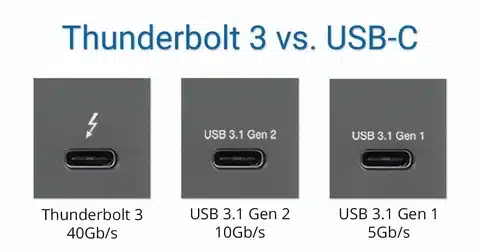What Type of USB Port Do I Have? A Complete Identification Guide
Identifying what type of USB port you have is key to knowing your device’s charging, data transfer, and connectivity capabilities. Common types include USB-A, the classic rectangular port; USB-B, often found on printers and older peripherals; micro-USB and mini-USB, used in many older phones and gadgets; and the newer USB-C, a smaller, reversible connector that supports faster speeds, higher power delivery, and multiple functions like video output. Beyond the shape, you also need to check the USB version (such as USB 2.0, 3.0, 3.1, or 3.2), since that determines data rates and power limits. In short, recognizing both the connector shape and the supported protocol helps you choose the right cables and accessories for your device.












